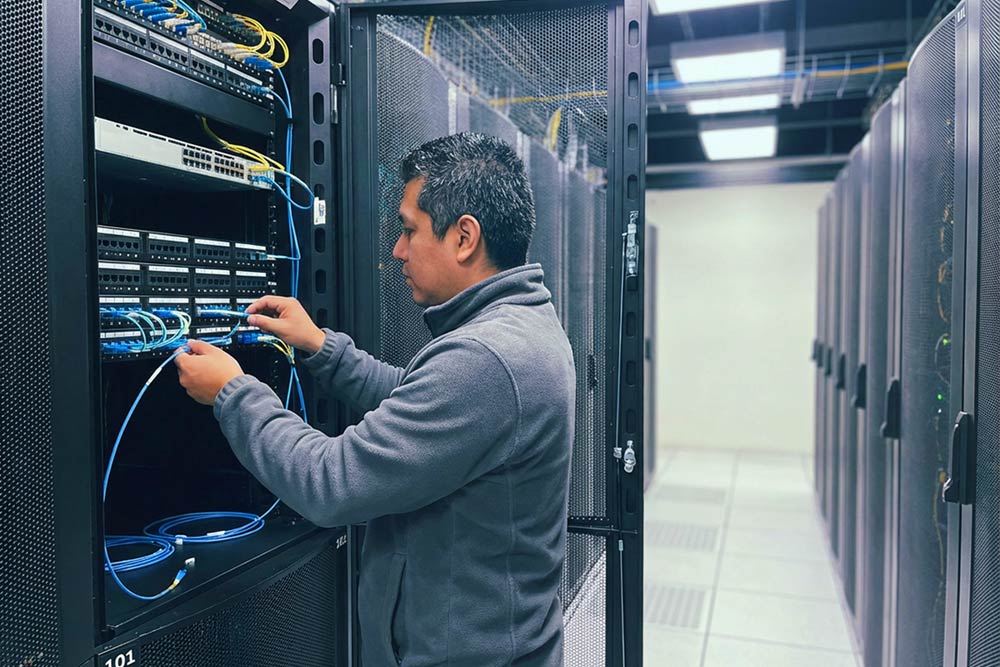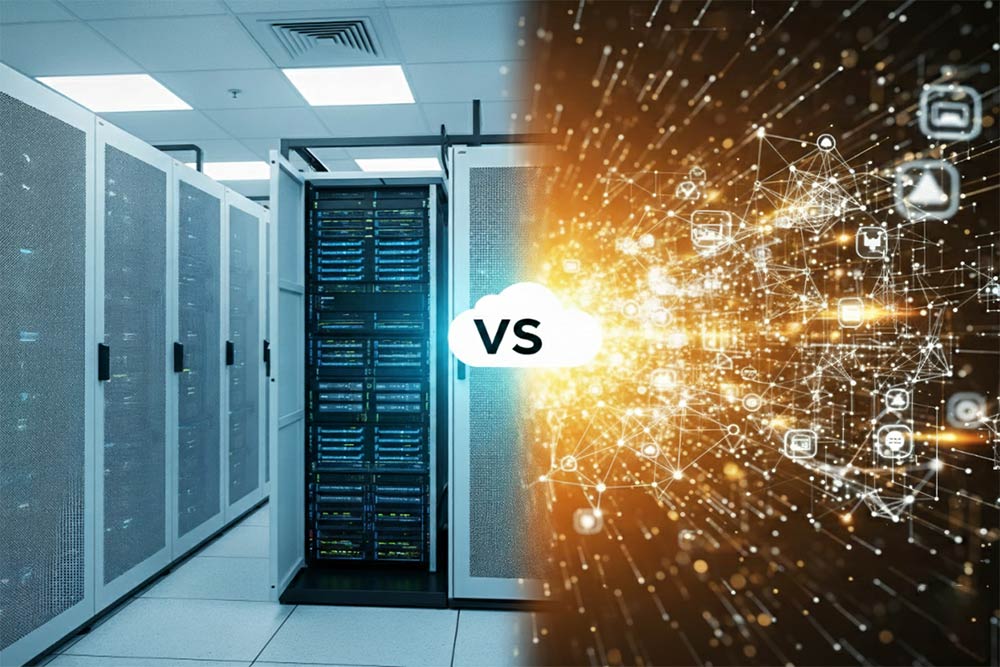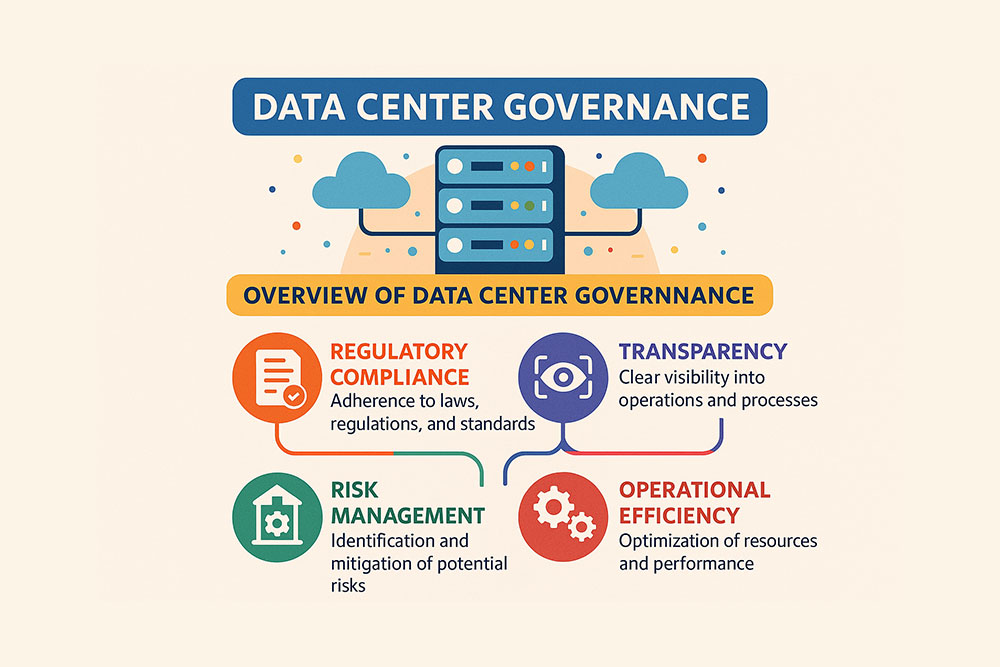Edge computing involves processing data closer to where it is generated, allowing for faster processing and improved speed, which leads to greater, action-oriented results in real-time. However, edge computing security comes with inherent risks that need to be addressed.
The edge computing market is estimated to be USD 15.59 billion in 2024 and growing at a CAGR of 15.60%. By 2029, it is predicted to hit USD 32.19 billion.
Edge computing offers unique advantages and allows businesses to improve how they manage and use IT infrastructure to create new, interactive, human-like experiences.
Still, implementing edge comes with certain security risks.
This post analyzes the challenges of edge computing security and highlights the best practices to implement to ensure optimal security.
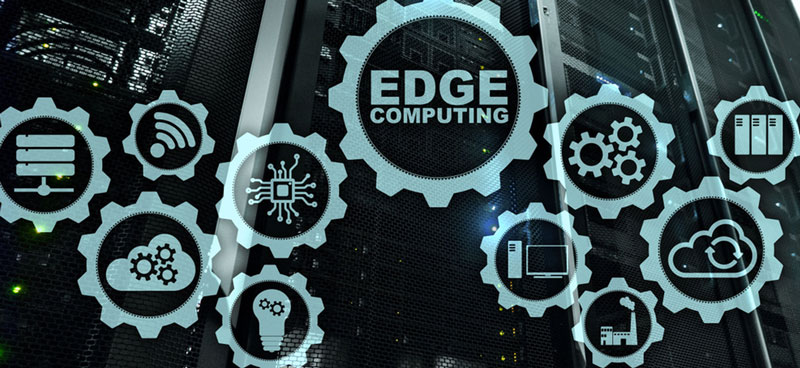
Security Issues Around Edge Computing
While edge computing brings significant operational benefits and colocation growth, it also introduces new edge computing security challenges that users must address to ensure safe operation.
An AT&T survey from 2022 involving 1,500 companies found that businesses spend 11% to 20% of their edge investment in security.
Here’s why security is a significant challenge with edge.
Data Privacy
The nature of edge computing, which involves the distribution of information processing across various locations, poses an inherent risk to data privacy.
Breaches can occur when unauthorized individuals or entities access sensitive information, damaging organizations and individuals.
The security risk extends beyond data loss. It also includes the potential for using private information illegally, leading to identity theft, fraudulent transactions, or other forms of misuse. Vulnerable data in unauthorized hands can become dangerous and harmful.
Physical Security
Edge computing devices are often found in environments with less stringent security, increasing the risk of physical threats. These gadgets could be tampered with, stolen, or damaged, leading to service disruptions or data loss.
Furthermore, the accessibility of these devices may invite unscrupulous actors to instigate cyber-attacks, compromising the integrity of the data and the overall functionality of the network.
Security Measures Stability
The rapid expansion of edge computing brings a need for edge computing security solutions that can scale along with the network’s growth.
Traditional safety measures, often designed for more centralized systems, may not meet the unique requirements of a vast and diverse edge ecosystem.
Therefore, security systems must evolve to match the scale of the edge computing infrastructure, a task complicated by the varying nature of devices, locations, and individual safety needs.
Device Authentication
The many devices in an edge environment present a challenge in verifying the authenticity of each unit.
In addition, compromised gadgets or counterfeits could infiltrate the network, leading to data breaches or service disruptions.
Besides, each device in an edge network is a possible point of vulnerability, and as the number of gadgets grows, so does the complexity of ensuring that every unit is what it purports to be. And then, there is the potential for a malicious actor to introduce a rogue device into the network.
Edge computing security measures are unavoidable to ensure that all devices are as safe as possible from the dangers of becoming compromised.
Software Vulnerabilities
Edge devices run on software that might contain security vulnerabilities. Sometimes, vulnerabilities are hard to spot because edge features are so complex. They are also very challenging to test because of the many combinations, interfaces, inputs, and outputs.
Attackers can exploit these flaws to gain unauthorized access to the device, the wider network, and, by extension, sensitive data.
Network Security
Edge computing involves extensive data transfer across networks, which exposes the system to attacks.
Such incidents can disrupt communication, compromise data integrity, or even destroy the network.
Further, as data flows from edge devices to central processing hubs and vice versa, it passes through various network nodes, each of which cybercriminals could target.
In addition, attackers can exploit weak points in the network to intercept data, disrupt service, or stage larger attacks on the network infrastructure.
Edge Computing Security Best Practices
While these security challenges can comprise edge computing reliability and operation, companies can implement stringent security measures to ensure systems run smoothly.
A robust edge computing security strategy involves implementing the “5Ps,” as outlined below.
People
People are often the most vulnerable link in any security framework. Training your team on cybersecurity and consistently reinforcing these lessons are crucial to ensuring edge computing security. Cyber threats are constantly changing, and one can’t be vigilant enough to stay safe.
Nurturing an organizational culture that acknowledges the importance of edge computing security is also a necessary shift. Informing employees of new types of threats and security precautions is becoming non-negotiable for mitigating the risks. Understanding the importance of safety measures is key to protecting vulnerable data.
These changes mean ensuring everyone understands their role in maintaining security and the potential consequences of lapses.
Policies and Procedures
Proper governance should be routine to ensure strong edge security.
Business owners and Chief Technology Officers (CTOs) should continually remind their teams how and when to stay alert and observant. Organizations can set up protocols for quickly handling data, using devices, and responding to potential security threats.
Process
A key part of mitigating edge computing security risks involves clearly defining and itemizing the steps that your team needs to take. The idea is to develop clarity in your organization, ensuring everyone knows their responsibilities and can act effectively to prevent or respond to security issues.
Proof
Regular testing is necessary to identify and address vulnerabilities in your edge computing network.
Consistent checking and remediation allow you to keep your edge security system up-to-date and effective. Procedures could involve routine security audits, penetration testing, and other methods to determine the security measures’ effectiveness.
Products
Businesses must understand the various components that make up a complete cybersecurity solution. Your team needs to know how hardware connects to software, how devices link to servers, and how operations interact with IT to maintain dynamic and secure edge networks.
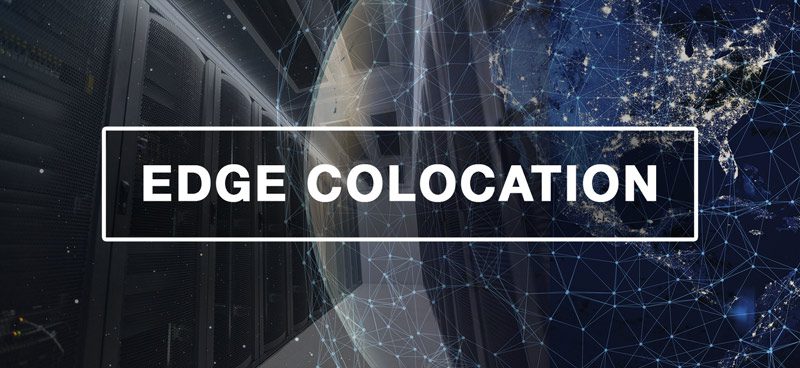
Volico Understands Edge Computing Safety Procedures
While edge computing has its fair share of security challenges, a well-structured strategy can help you overcome potential threats.
Volico Data Centers offers secure edge colocation services powered by state-of-the-art technologies and comprehensive strategies to mitigate risks and ensure data integrity.
We focus on delivering an integrated security framework encompassing physical security, cybersecurity, and data privacy.
Our data centers utilize advanced network segmentation and intrusion detection systems to counter edge computing security risks. Our solutions can identify and isolate potential security threats before they can penetrate your network, providing an additional layer of defense.
Up-to-date and Futureproof Environment
We conduct regular audits, and stringent compliance standards support our edge colocation services. That way, we can ensure that our security measures are always up-to-date with the latest regulatory requirements and industry best practices.
Further, Volico Data Centers offers 24/7 monitoring and support by our dedicated team of security professionals, who are committed to proactively identifying and addressing potential threats to your edge computing environment.
By choosing Volico as your edge computing partner, you are investing in a future-proof, secure environment. Trust Volico to protect your edge network as you focus on leveraging the benefits of edge computing for your business.
To learn more about Volico edge colocation services, call us at (305) 735-8098 or chat with one of our edge computing experts.




